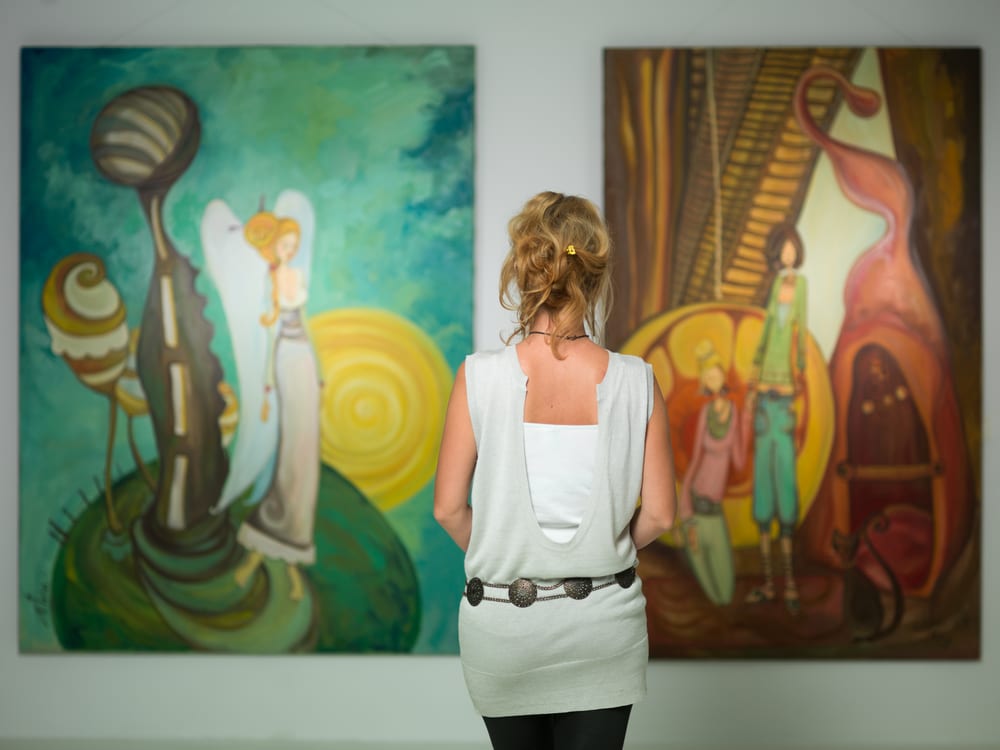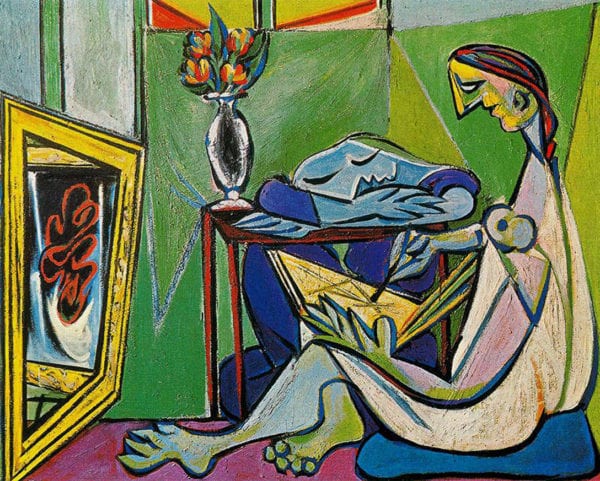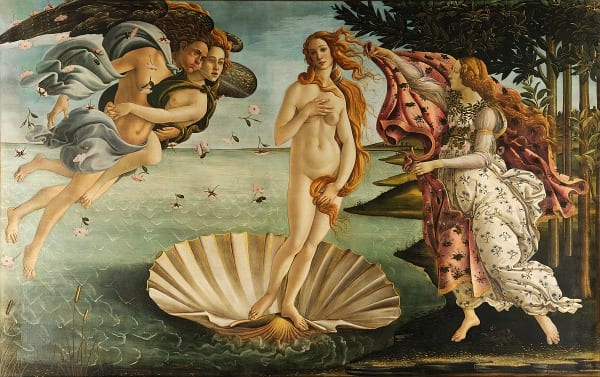How art inspires my writing
How art inspires my writing
How art inspires my writing
-
Hannah
-
Hannah

Did you know that there is a field of research that focuses on the neuroscience of aesthetics and creativity? A study conducted at the University of Toronto looked at the ways people appreciate art on a neurological level. It found that the area of the brain that is involved in deep contemplation and daydreaming is activated automatically when you view an artwork. Clearly, there is a correlation between art and inspiration.
In her guide Fire Up Your Writing Brain: How to Use Proven Neuroscience to Become a More Creative, Productive, and Successful Writer, Susan Reynolds recommends that writers conduct ‘stimulation prepping’ before writing, ‘to activate connections between the visual and verbal parts of the brain’. Not only is this a worthwhile activity, but it is immensely enjoyable – which is why, without understanding the science behind it, I have been doing this exercise for years.
For as long as I can remember, art has fired up my imagination. I remember gazing at paintings on the wall in my childhood home for ages, dreaming up stories that would play out in the worlds inside the picture frames. When I wrote my first book, it was natural for me to turn to art for inspiration – paintings of the wild and beautiful Kenya which forms the backdrop to Burning Embers. I was drawn especially to art depicting the iconic Baobab tree, Africa’s ‘Tree of Life’, which now features on the novel’s cover.
While writing The Echoes of Love, I researched the Venetian school of Renaissance Painting, works by artists like Titian, Tintoretto, Paolo Veronese and Canaletto which give a feel for the grandeur and timeless romance of Venice.

Canaletto, The Entrance to the Grand Canal, c. 1730
In my novel Masquerade, the Surrealist movement is a key theme, because the heroine of the novel is writing a biography of a Spanish Surrealist artist. So, above my writing desk I pinned up postcards of works by Surrealist artists like Dalí, Picasso and Miró.

Pablo Picasso, A Muse, 1935
Classical mythology has always been a popular source of inspiration for artists, and so when I wrote Aphrodite’s Tears I was spoiled for choice with artworks depicting the Greek gods and goddesses. My favourite is this painting, which tells the origins story of Aphrodite, goddess of love (Venus in Roman mythology):

Sandro Botticelli, The Birth of Venus (c. 1484–6)
While researching Concerto, set on Lake Como in Italy, I became fascinated with the works of sculptor Antonio Canova. The art museum housed at the Villa Carlotta in Tremezzo has several works by Canova and his school, and when I visited I was so moved by the emotion encapsulated in the pieces. The Muse Terpsichore is really special – so special, in fact, that the man who commissioned the work, Sommariva, insisted on owning not only the marble statue but also the plaster model, to ensure no one else could own this stunning muse, whom he called ‘my bride… my delight’. But the most inspiring piece for my romantic novel Concerto captures a kiss between Cupid, god of desire, erotic love, attraction and affection, and his love, Psyche.
 Antonio Canova, Psyche Revived by Cupid’s Kiss, 1793
Antonio Canova, Psyche Revived by Cupid’s Kiss, 1793
Do you find inspiration in art? Which art forms stir your muse and make you want to create? Do you have a favourite painting or sculpture, one that’s especially inspirational for you? I would love to hear your thoughts.
Photo credit: Comaniciu Dan/Shutterstock.com.